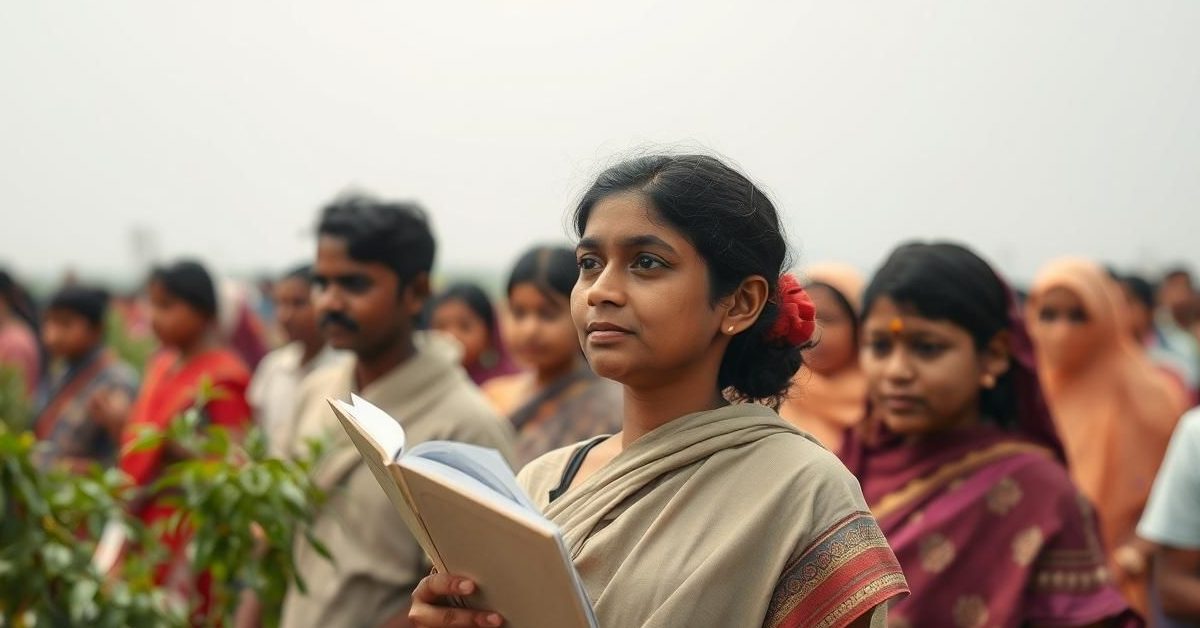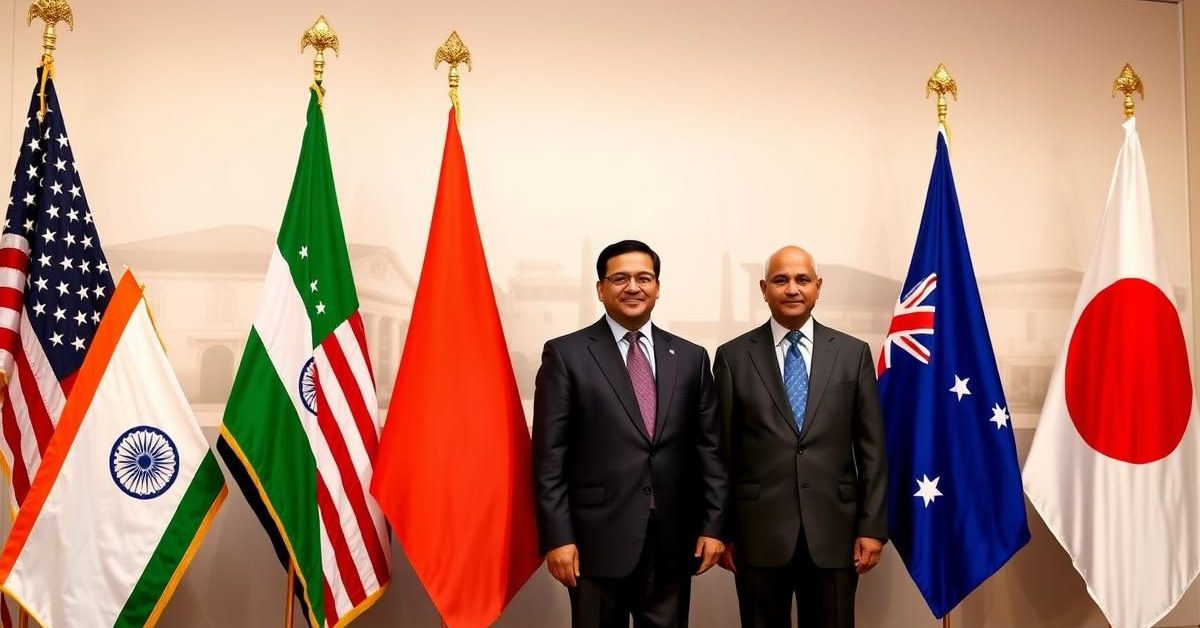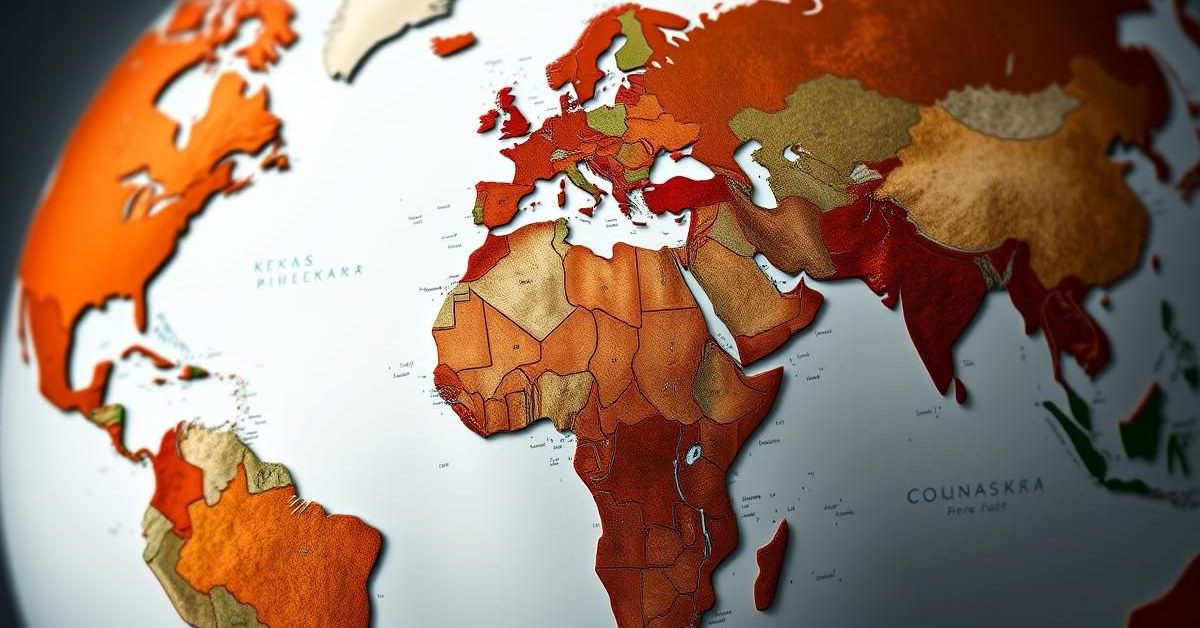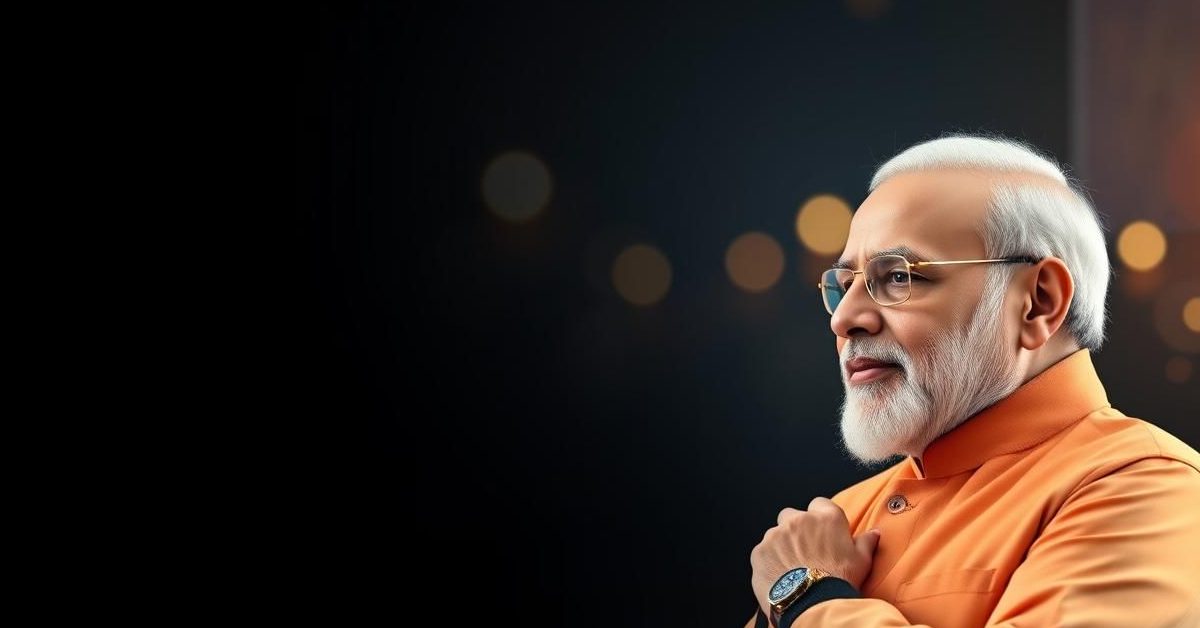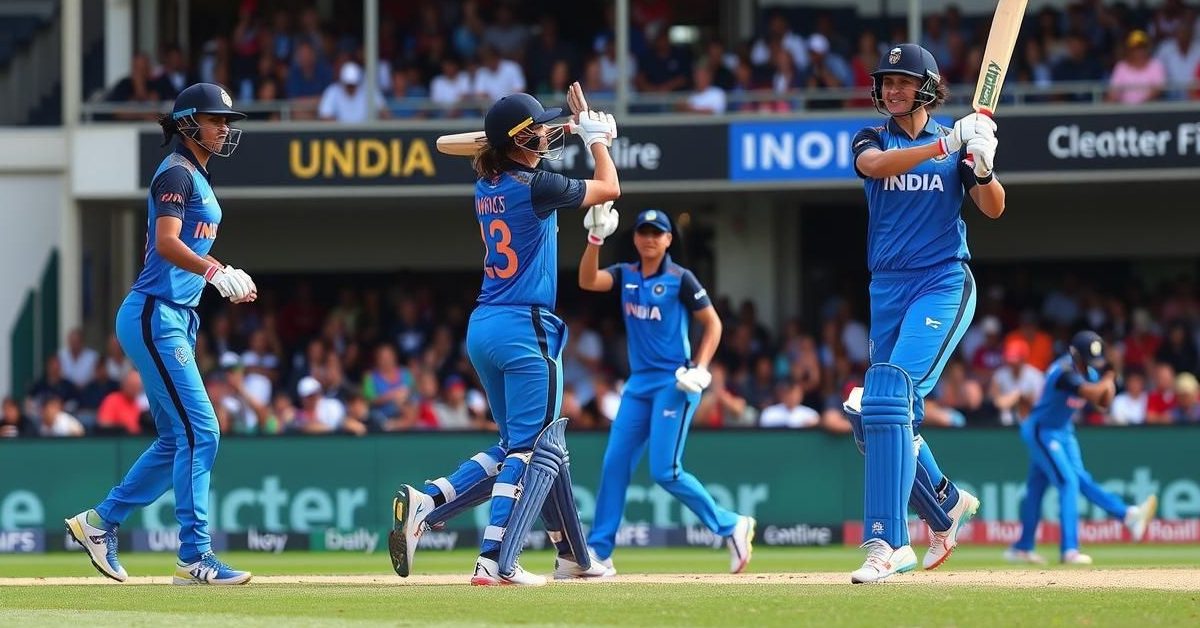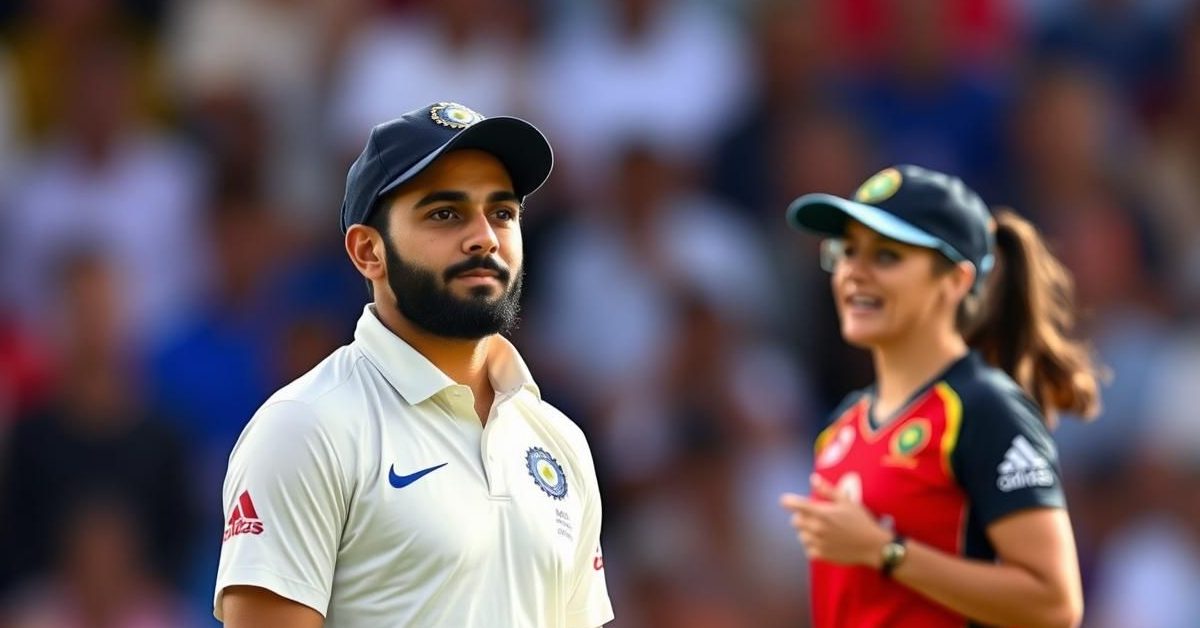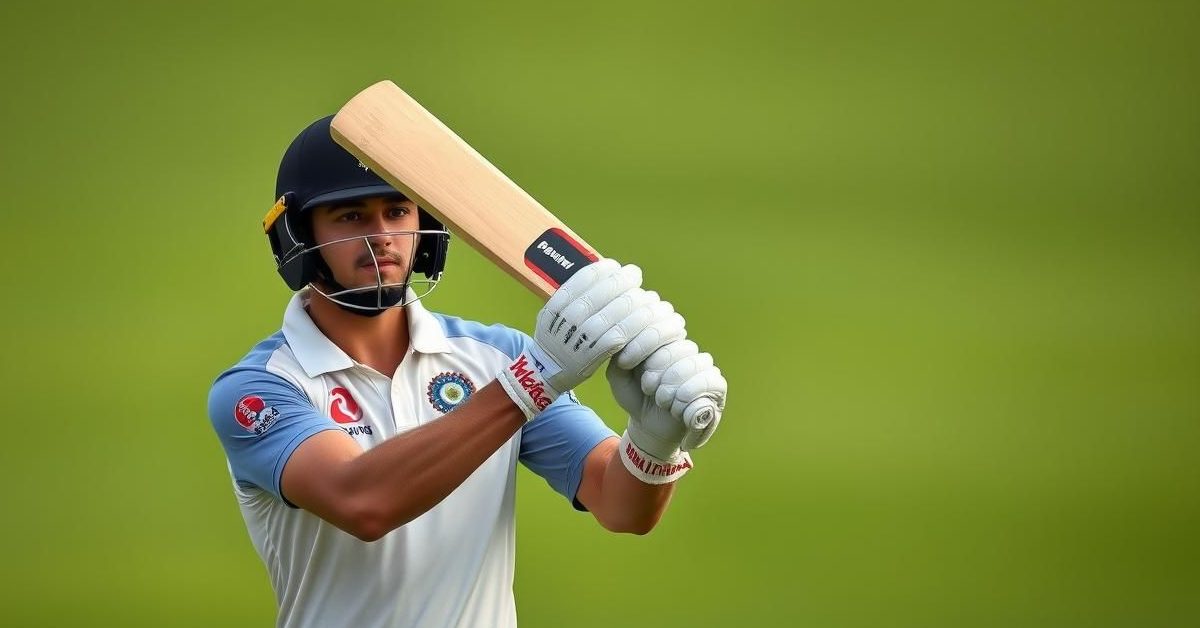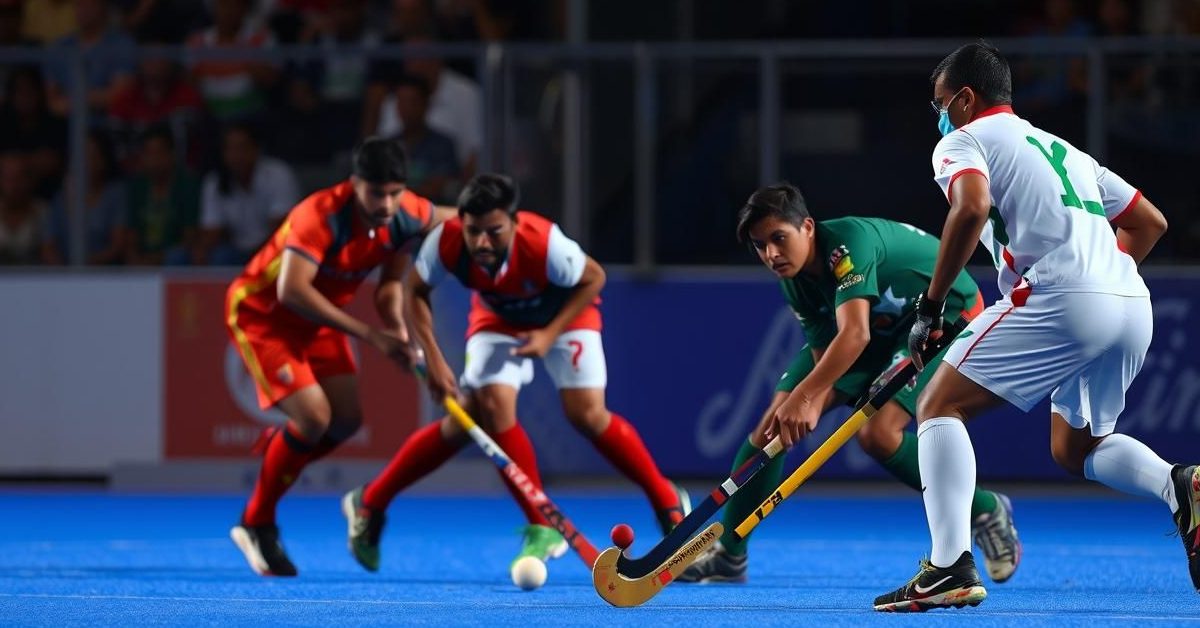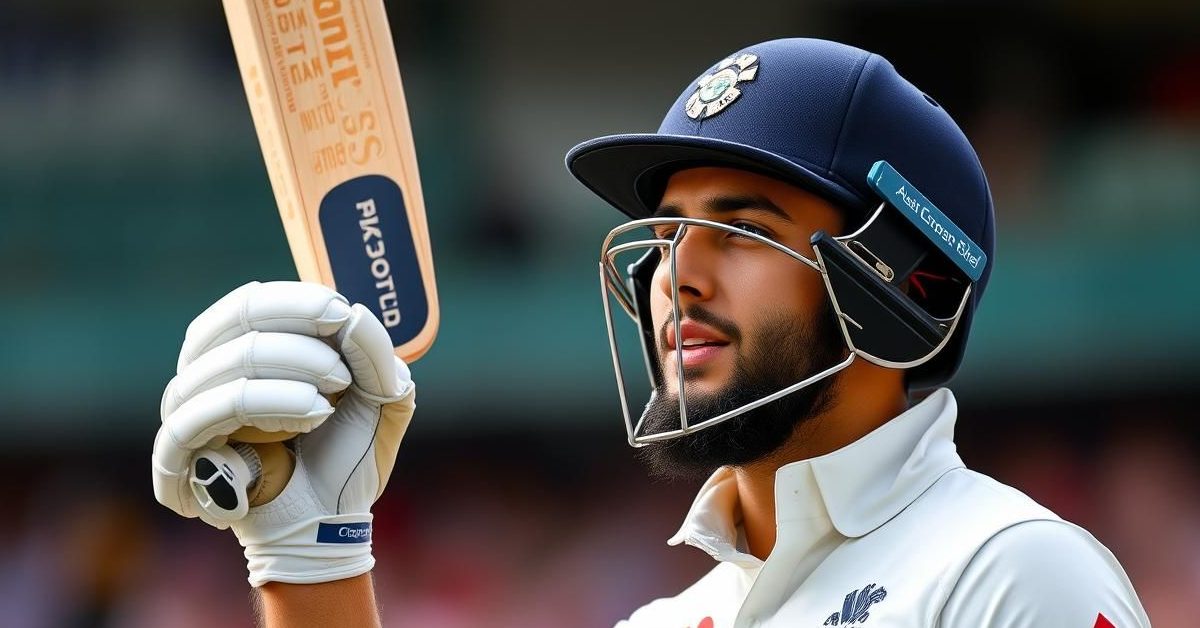India’s Remarkable Journey Towards Literacy: Unpacking the “Fully Literate” Tag
The dream of a fully literate India, a nation where every individual possesses the fundamental ability to read, write, and comprehend, is gradually taking tangible form. Recent announcements have ignited a fresh wave of optimism, highlighting the substantial strides the country has made in its long-standing battle against illiteracy. But what exactly does it mean for a state to be declared “fully literate,” and what ongoing efforts are propelling this transformative journey?
A New Milestone: Tripura Joins the Ranks of “Fully Literate” States
A significant development recently captured headlines: **Tripura**, led by Chief Minister **Manik Saha**, proudly declared its achievement of the “full literacy” tag. This milestone, announced on June 23rd, was underpinned by impressive data from the **Understanding Lifelong Learning for All in Society (ULLAS) – Nav Bharat Saksharta Karyakram**. Tripura now stands shoulder-to-shoulder with states like **Mizoram** and **Goa**, which had previously attained this coveted status under the very same ULLAS initiative. These declarations raise crucial questions about the metrics of literacy and the ambitious policies driving India’s educational progress.
India’s Literacy Landscape: From Independence to Present Day
India’s journey in literacy has been nothing short of extraordinary. At the dawn of its independence in 1947, a mere **14%** of its vast population could read and write. Decades of sustained effort and policy interventions have drastically reshaped this picture. According to **Statista**, India’s literacy rate reached approximately **76.32% in 2022**, a testament to the nation’s progress. More recent data from the **Periodic Labour Force Survey (PLFS) 2023-24** by the **Ministry of Statistics and Programme Implementation (MoSPI)** places the overall literacy rate for individuals aged 7 and above, across both rural and urban populations, at **80.9%**.
The **Office of the Registrar General of India** defines a “literate” person as someone aged seven years and above who can read and write with understanding in any language. While national averages paint a hopeful picture, significant disparities persist across states and Union Territories. **Mizoram** consistently stands out with the highest literacy rates, reaching an impressive **98.2%** as per recent government statements, building on its **91.33%** in the 2011 Census. In stark contrast, **Andhra Pradesh** and **Bihar** continue to grapple with the lowest rates, recorded at **72.6%** and **74.3%** respectively in the 2023-24 PLFS.
Defining “Full Literacy”: The 95% Benchmark
The declarations by **Tripura** (95.6%), **Goa** (99.72%), and **Mizoram** (98.2%) naturally prompt an inquiry into the precise definition of “full literacy” within the Indian context. Notably, **Ladakh** was the first region to declare itself “fully literate” in June last year, surpassing a **97% literacy rate**.
In August of the previous year, the **Ministry of Education** provided a clear directive to states regarding the definition of literacy for the **ULLAS** program. Literacy, in this framework, extends beyond mere reading and writing; it encompasses the “ability to read, write, and compute with comprehension, i.e., to identify, understand, interpret and create, along with critical life skills such as digital literacy, financial literacy, etc.” Crucially, the Ministry stipulated that achieving a **95% literacy rate** in a state or Union Territory could be considered equivalent to reaching “fully literate” status. This definition aligns seamlessly with the **National Education Policy (NEP) 2020**, which strongly advocates for governmental initiatives aimed at adult education to realize the ambitious goal of **100% literacy**. Furthermore, it echoes the **UN Sustainable Development Goals (SDGs)**, particularly **Goal 4: Quality Education**, which targets ensuring “all youth and a substantial proportion of adults, both men and women, achieve literacy and numeracy” by **2030**.
ULLAS: Igniting a New Chapter in Lifelong Learning
The **Understanding Lifelong Learning for All in Society (ULLAS) – Nav Bharat Saaksharta Karyakram (New India Literacy Programme)** is a pivotal, **centrally sponsored scheme** implemented from **2022 to 2027**. Its core mission is to empower approximately **5 crore ‘non-literate individuals’ aged 15 and above** across India with essential foundational literacy and numeracy skills – the basic reading, writing, and simple arithmetic typically acquired in primary schooling. Beyond these fundamentals, the teaching materials are meticulously designed to impart vital ‘critical life skills,’ including indispensable financial and digital literacy.
Deeply rooted in the recommendations of the transformative **National Education Policy (NEP) 2020**, the **ULLAS** scheme operates on the principle of **volunteerism**, embodying the spirit of ‘Kartavya Bodh’ (sense of duty). It is structured around five comprehensive components:
* **Foundational Literacy and Numeracy**
* **Critical Life Skills**
* **Basic Education**
* **Vocational Skills**
* **Continuing Education**
The implementation is a massive collaborative effort. States and Union Territories, in close coordination with schools and local officials, conduct door-to-door surveys to identify individuals requiring this education. Instruction is then delivered by a network of dedicated registered volunteers, comprising school students, higher education students, teacher education institution participants, and community members. The **NCERT** has developed core learning materials, which states have further adapted into their respective local languages. While a dedicated mobile application facilitates teaching and learning, the program can also be delivered offline, ensuring wider accessibility.
**ULLAS** is the latest iteration in a long legacy of adult literacy programs launched by the Indian government since the 1950s. This lineage includes programs targeting farmers and women in the 1960s and 70s, the **National Adult Education Programme (NAEP)** for the 15-35 age group in the late 1970s, and the comprehensive **National Literacy Mission (NLM)** from 1988 to 2009. This was followed by the **’Saakshar Bharat’ (Literate India) scheme**, which ran from 2009 to 2018, focusing on functional literacy, skill development, and further education opportunities – goals that **ULLAS** continues to champion and expand upon.
Pillars of Progress: India’s Enduring Educational Policies
India’s commitment to universal education is reflected in a series of landmark policies and initiatives designed not only to boost literacy rates but also to elevate the overall quality of learning and mitigate educational disparities.
*
The Right to Education (RTE) Act, 2009
A watershed legislation, the **RTE Act** enshrined education as a fundamental right for all children aged **6 to 14 years**. It mandates free and compulsory education, sets minimum standards for school infrastructure and teacher-student ratios, and explicitly prohibits discriminatory practices and corporal punishment, striving for equitable access to quality education for every child.
*
National Education Policy (NEP) 2020
A visionary roadmap for the future of Indian education, the **NEP 2020** champions foundational literacy and numeracy, promotes multilingualism, seamlessly integrates vocational education, and harnesses technology for enhanced learning experiences. With a profound emphasis on holistic development, this policy aims to equip students with critical 21st-century skills and advocates robust teacher training and continuous professional development. Its success holds the key to India’s educational future.
*
Samagra Shiksha Abhiyan
The **Ministry of Education’s Samagra Shiksha Abhiyan** is a transformative, overarching school education program. It consolidates three previously distinct **Centrally Sponsored Schemes (CSS)**: the **Sarva Shiksha Abhiyan (SSA)**, the **Rashtriya Madhyamik Shiksha Abhiyan (RMSA)**, and **Teacher Education (TE)**. Its comprehensive scope extends from pre-school to senior secondary levels, aiming to provide equitable quality education across India, coupled with crucial support for teacher training and systemic strengthening. The funding for this ambitious program is shared between the Centre and states (excluding Northeastern states) in a 60:40 ratio.
*
PM SHRI (PM Schools for Rising India)
An initiative spearheaded by the **Union Ministry of School Education and Literacy**, **PM SHRI** seeks to upgrade and transform **14,500 existing schools** into “showcase” institutions that exemplify the principles of the **NEP 2020**. These schools, which include elementary, secondary, and senior secondary levels run by central, state, and local governments, are envisioned as “exemplars” for other educational institutions within their respective regions.
*
Digital India and E-learning Initiatives
In recent years, the **Digital India** campaign has strategically leveraged technology to revolutionize education. Initiatives such as **DIKSHA (Digital Infrastructure for Knowledge Sharing)** provide a vast repository of digital content and resources for both teachers and students. This concerted push towards e-learning and digital classrooms has played a crucial role in bridging geographical disparities and ensuring access to quality education, particularly in remote and underserved areas.
*
Beti Bachao, Beti Padhao
This powerful initiative specifically targets the promotion of girl child education and endeavors to address deeply entrenched gender disparities in the educational sphere. By raising widespread awareness about the paramount importance of girls’ education and offering targeted incentives, it strives to foster a more inclusive and equitable learning environment for all.
These diverse initiatives collectively underscore India’s profound commitment to enhancing literacy rates and elevating educational quality nationwide. While challenges undeniably persist, these policies represent a concerted and unwavering national effort to ensure accessible, equitable, and high-quality education for all citizens, thereby significantly contributing to the nation’s broader socio-economic development.
Gauging Impact: Insights from the Annual Status of Education Report (ASER)
Beyond government policies, independent assessments provide crucial insights into the effectiveness of India’s educational programs. The **Annual Status of Education Report (ASER) Rural**, published by the renowned NGO **Pratham**, is a significant nationwide rural household survey. It meticulously measures basic reading and arithmetic levels among school children, tracks school attendance, and provides other vital indicators of educational progress.
Recent ASER reports have revealed encouraging trends:
* **Reading Proficiency**: The report indicated that basic reading levels for Class 3 children enrolled in government schools have reached their **highest point in 20 years** since the survey’s inception. Specifically, the percentage of Class 3 children in government schools who can proficiently read a Class 2 textbook rose to **23.4%**, a notable increase from 16.3% in 2022 and 20.9% in 2018 (pre-pandemic). Overall reading levels, encompassing both government and private schools, also improved from 20.5% in 2022 to **27.1% in 2024**, nearly recovering to the pre-pandemic level of 27.3%.
* **Arithmetic Skills**: Arithmetic levels also demonstrated consistent improvement across both government and private schools. The percentage of Class 5 students capable of reading a Class 2 textbook climbed from 42.8% in 2022 to **48.7% in 2024**.
* **Early Childhood Education**: In alignment with the **NEP 2020’s** emphasis on robust early childhood care and education, the percentage of children aged between 3 and 5 enrolled in some form of pre-school registered a positive increase in 2024 compared to both 2018 and 2022.
These findings from ASER underscore the tangible positive impacts of sustained educational efforts on the ground, particularly at the foundational learning levels in rural India.
Navigating Hurdles: Persistent Challenges in India’s Education Landscape
Despite the commendable progress and innovative policy frameworks, India’s educational journey is still beset by significant challenges that demand urgent attention to ensure sustained and equitable growth.
* **Equity and Inclusion**: Profound disparities persist, deeply rooted in socio-economic status, gender, caste, and geographical location. Marginalized communities, particularly in remote or underprivileged areas, often face severe limitations in accessing quality education, despite constitutional guarantees and policy intentions.
* **Disparities in Quality**: While enrolment figures have soared, the quality of education remains highly uneven. A significant gap exists between urban and rural schools, and between well-resourced private institutions and often under-funded public ones. These disparities lead to unequal learning outcomes, perpetuating cycles of disadvantage.
* **High Dropout Rates**: Despite comprehensive efforts to keep children in schools, dropout rates, particularly at secondary and higher secondary levels, remain alarmingly high. Factors such as pervasive poverty, the necessity of child labor, inadequate school infrastructure, and a curriculum perceived as irrelevant often force children out of the education system prematurely.
* **Teacher Quality and Training**: The very foundation of a robust education system rests on the quality of its teachers. However, India faces critical challenges including chronic teacher shortages, uneven qualifications across states, and insufficient or outdated training programs. This directly impacts classroom instruction and student learning.
* **Administrative Inertia**: Bureaucratic inefficiencies, complex administrative procedures, and slow decision-making processes can significantly hinder the effective and timely implementation of well-intentioned educational policies and programs, diluting their potential impact.
In summation, while India’s educational programs have undeniably expanded access and introduced groundbreaking policies, overcoming the persistent hurdles related to equity, consistent quality, comprehensive teacher development, and responsive curriculum design is paramount. Addressing these multifaceted challenges necessitates a holistic approach that synergizes policy reforms, strategic investments in educational infrastructure, continuous professional development for educators, and an unwavering commitment to fostering a learning environment that nurtures critical thinking, creativity, and essential practical skills. The path to a truly fully literate and enlightened India is still unfolding, requiring persistent effort and unwavering dedication from all stakeholders.
